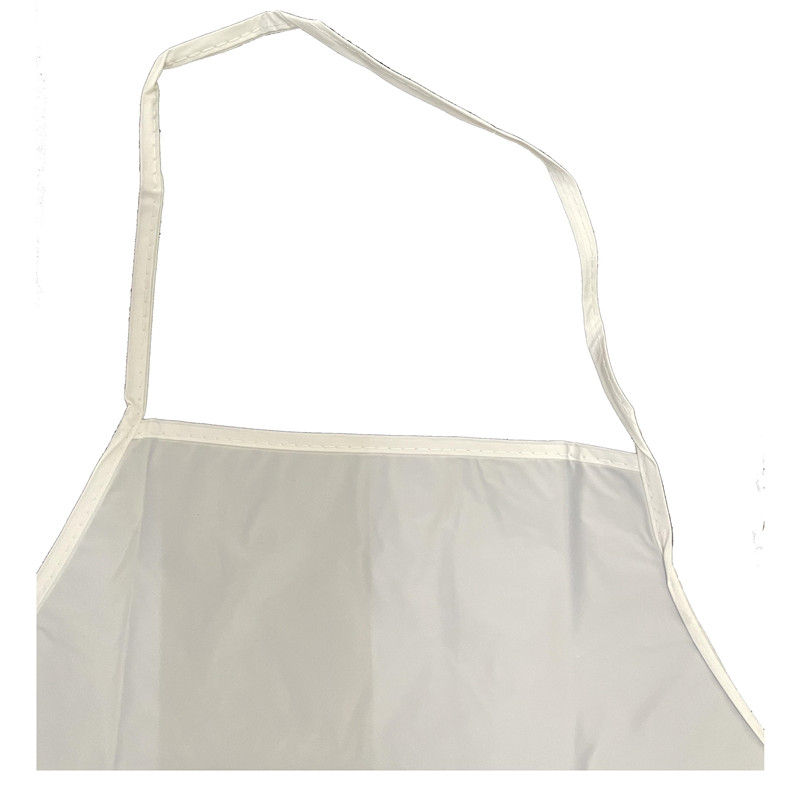Jul . 31, 2024 05:00 Back to list
Versatile and Compact Rain Ponchos from Leading Manufacturers for All Weather Conditions
The Rise of Packable Rain Poncho Factories
As climate change continues to make weather patterns more unpredictable, the demand for versatile and functional outdoor gear has surged. Among these, the packable rain poncho has emerged as a popular choice for outdoor enthusiasts, travelers, and everyday commuters alike. Recognizing this growing market, many factories around the world are now dedicated to the production of packable rain ponchos, contributing to a significant trend in sustainable fashion and practical outdoor apparel.
Understanding Packable Rain Ponchos
Packable rain ponchos are lightweight, easily portable rain covers that can be folded into a compact size, making them a convenient choice for people on the go. Constructed from waterproof materials, such as nylon or polyester, they provide protection against unexpected rain showers without taking up much space. Many designs also feature additional elements like hoods, pockets, and adjustable fastenings, enhancing their functionality.
Their appeal is broad; hikers and campers appreciate their lightweight nature, while city dwellers find them practical for sudden downpours during daily commutes. The versatility of packable rain ponchos means they are suitable for various activities, from outdoor adventures to casual urban outings.
The Growing Industry of Poncho Manufacturing
The rise in demand for packable rain ponchos has prompted an increase in factories specializing in their production. These factories often employ modern manufacturing technologies such as automated cutting machines and high-frequency welding techniques to ensure durability and efficiency. Countries like China, Vietnam, and Bangladesh have become key players in this market due to their established textile manufacturing infrastructure and skilled labor force.
packable rain poncho factories

Sustainable practices are increasingly becoming a focal point in these factories. Many manufacturers are prioritizing eco-friendly materials, such as recycled fabrics or biodegradable polymers, to appeal to environmentally conscious consumers. By reducing waste and utilizing sustainable resources, these factories not only meet the market's demands but also promote a more sustainable approach to clothing production.
Challenges Faced by Manufacturers
Despite the growth opportunities, packable rain poncho factories face several challenges. Competition is fierce, and factories must continually innovate to differentiate their products in a crowded market. Additionally, global supply chain disruptions, especially in the wake of the COVID-19 pandemic, have impacted the availability of raw materials and production timelines. Factories are now adopting more flexible operational strategies to mitigate such risks, including diversifying suppliers and increasing inventory levels.
Labor practices also come under scrutiny, prompting manufacturers to ensure fair wages and safe working conditions. Transparency in supply chains is becoming vital as consumers increasingly seek ethical brands. Factories that prioritize ethical standards may gain a competitive edge by attracting a loyal customer base.
The Future of Packable Rain Ponchos
Looking ahead, the future of packable rain poncho factories appears bright. With the ongoing concerns about climate change and the increasing interest in outdoor activities, the market for multifunctional and sustainable outdoor gear is expected to expand. Manufacturers will likely focus on innovation by experimenting with new materials, designs, and technologies to cater to evolving consumer preferences.
In conclusion, packable rain poncho factories are shaping the landscape of outdoor apparel in response to growing consumer demand for convenience and sustainability. Through innovation and commitment to ethical practices, these manufacturers can thrive in an ever-changing market while contributing to a more environmentally friendly future. As the world continues to grapple with unpredictable weather and environmental challenges, the packable rain poncho stands out as a practical solution for countless individuals, solidifying its place in the realm of essential outdoor gear.
-
Waterproof Kid Apron with Sleeves: PEVA/PVC for Painting Fun!
NewsAug.18,2025
-
36x90" Double Zipper Post Mortem Bag - Secure & Reliable
NewsAug.17,2025
-
Waterproof PVC/Vinyl Work Apron - Heavy-Duty Protection
NewsAug.16,2025
-
Heavy Duty Post Mortem Bag - 36x90, Double Zipper
NewsAug.15,2025
-
Durable PVC Vinyl Work Apron - Waterproof for Workshop
NewsAug.14,2025
-
Durable PVC/Vinyl Work Apron - Waterproof Workshop Protection
NewsAug.13,2025





